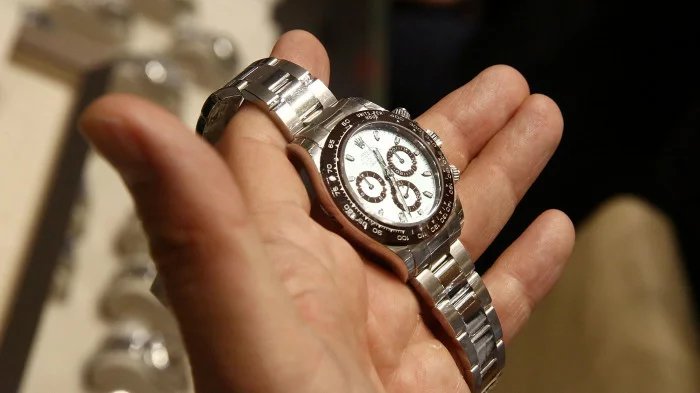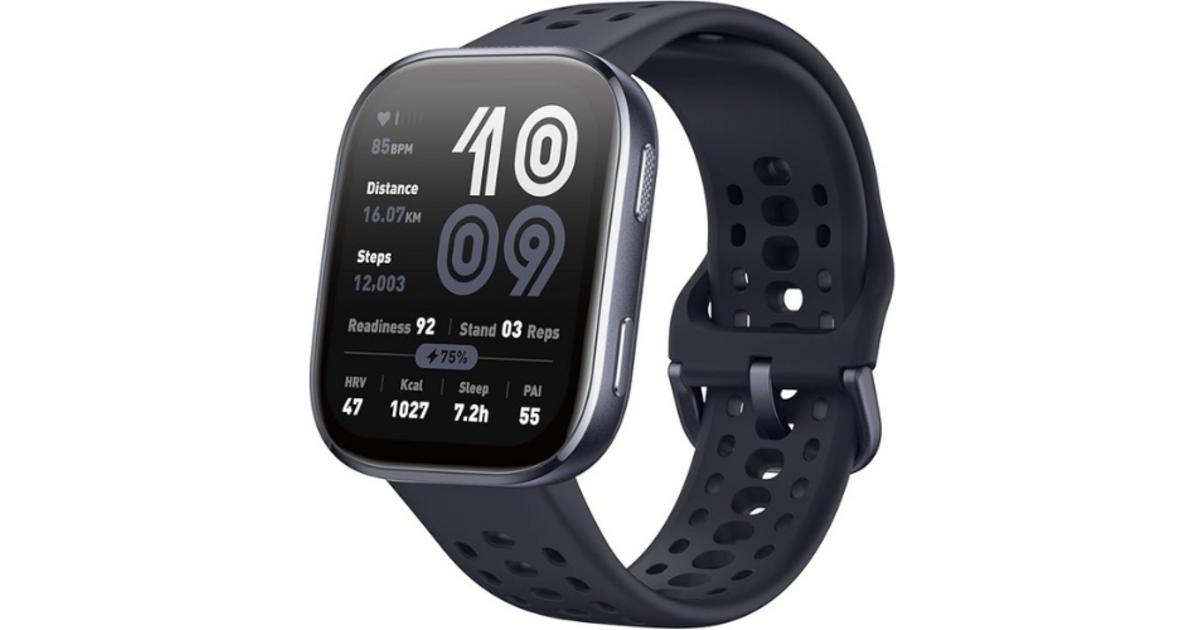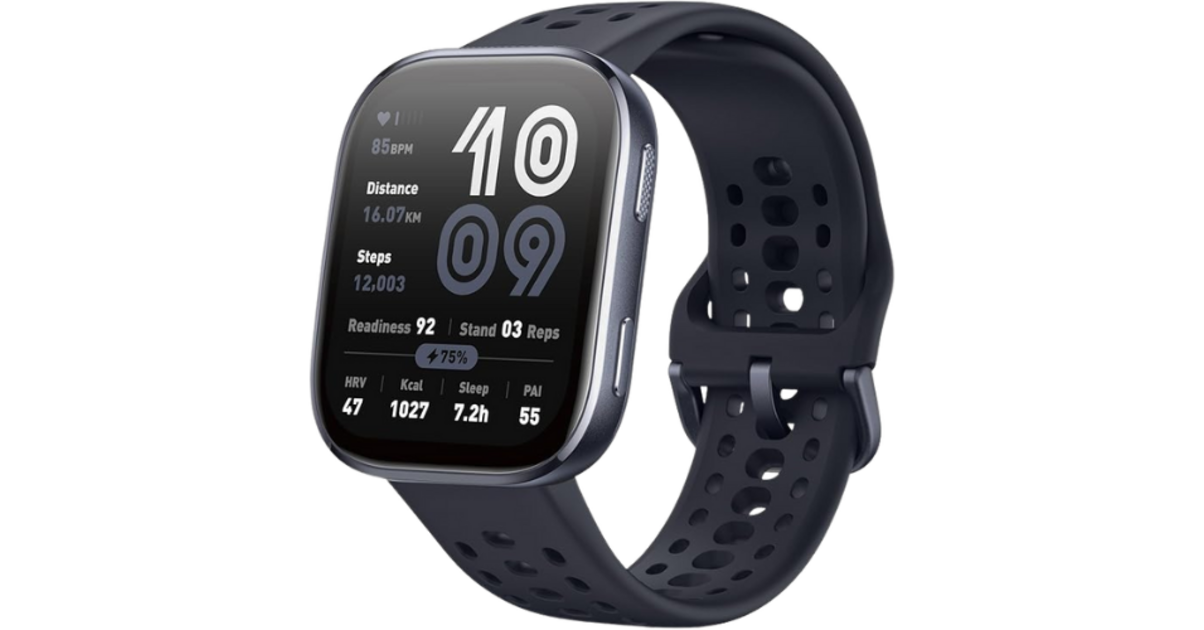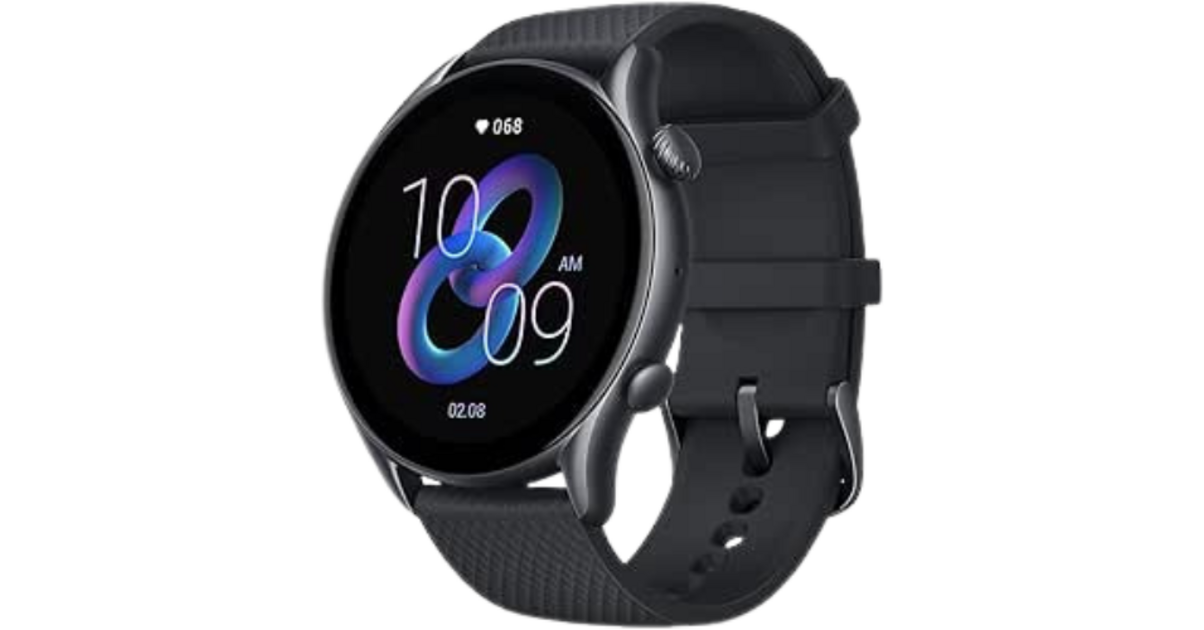Table of Contents
The market of passions, not illusions
One Saturday morning, a collector hesitated in front of a vintage diver with a delicately stitched dial. The seller swears that it is “all original”. The price is tempting. The scene is universal: between desire, history and value, buying a collector’s watch requires a keener eye than the simple emotion of the wrist. In a market that is as cultural as it is speculative, mistakes are paid for in cash. Here are the three pitfalls to avoid so that your next acquisition is a chapter of collection, not a line of regret.
Mistake #1: confusing “good price” and “good deal”
A collector’s watch is not an addition of parts, it’s an ecosystem. Condition and originality take precedence over the label. A “remade” dial that is too clean for its age, indexes covered in luminova when the period called for tritium, a bezel that does not correspond to the series, a case polished to the point of erasing its edges: so many details that plummet the desirability – and therefore the value – despite an attractive price.
The market has a memory. It rewards authenticity, the charm of consistent aging, and a body profile that remains lively. Conversely, it sanctions invasive “restorations”. The real deal isn’t the cheapest, it’s the one that has the right items in the right place, in the right condition.
Signs to watch out for before pulling out the card
- Dial: typography, patina, logo, printing depth. Beware of redials that are too perfect.
- Hands and luminescent material: consistent shades between indexes and hands; similar aging.
- Case: clean angles, present chamfers, symmetrical horns. Overpolishing = low value.
- Serial and reference numbers: locations, font, period correspondence.
- Movement: correct reference and finish, screws not chewed, absence of oxidation.
- Bracelet and buckle: period codes, links not too relaxed; a vintage bracelet can count.
Invest in a magnifying glass, ask for macro photos and, if possible, use a UV lamp: luminescence that is too bright for a watch supposedly dating from the 60s often tells the truth that the seller was hiding.
Mistake #2: underestimating provenance and traceability
In a collection, the paperwork tells as much as the watch. Box, papers, archive extracts, maintenance invoices: each document anchors the object in a verifiable history. On the market, a standard piece with a complete backing may be worth more than a questionable rarity. It’s about trust – and watchmaking is a culture of trust.
Provenance is also the consistency of the owners, the concordance of maintenance dates, transparency on possible replaced parts. On certain popular models, a simple period warranty card can change the investment dimension. Conversely, a “full set” reconstituted after the fact is not worth much: learn to read the details (stamps, fonts, dates).
The documents that really matter
- Named and dated period warranty, initial purchase invoice if available.
- Archive extract (when the brand offers it) confirming reference, caliber, production date.
- Documented maintenance history; replaced parts mentioned.
- Correspondence of numbers (case, movement) with known registers.
- Anti-theft verification: record the serial number with dedicated registers before purchase.
No need to be paranoid, but demanding. Ask for copies of documents before traveling, have them validated by a third eye if you are just starting out. Rarity does not justify blindness: a great story without proof remains an anecdote.
Mistake #3: Buying with your ears, not your eyes
Fashions rustle, prices soar then calm down: the market is not linear. Buying on rumor or for fear of missing out is never a strategy. Investment in watches is a possible consequence of a good purchase, not a promise. Yes, some references have written flamboyant pages – and equally instructive corrections. The key? A personal view, collection consistency, and an understanding of cycles.
Ask yourself the right questions: do you actually love this watch or are you buying it for Instagram approval? Is it suitable for your wrist and your uses? A strong collection reads like a library: it says something about you, not just the market.
Purchasing discipline for informed collectors
- Systematic fitting: lug-to-lug, thickness, wrist balance before decision.
- Total budget: include buyer’s fees, VAT, import, possible revision, insurance.
- Liquidity: favor sought-after references in consistent condition to facilitate resale.
- Diversification: don’t bet everything on one family; mix eras, complications, brands.
- Patience: wait for the right piece rather than the right “hype”. The market rewards consistency.
Before signing: express checklist
- Reference/serial number/period correspondence verified.
- Condition of the dial and hands consistent with age; no suspicious redial.
- Unpolished case; geometry respected; waterproofness tested if intended use.
- Proper movement, measured walking; revision quote if necessary.
- Authentic documents, clear history, seller identified and contactable.
- Price in line with the market for the given condition, not for ideal condition.
Collecting is editing
Entering the collection means learning to say no. To the temptation of the low price, to the ease of the fuzzy file, to the deceptive charm of ambient noise. The most costly errors are rarely technical: they arise from a lack of method. By countering impatience with active curiosity – the eye, the sources, the evidence – you transform each purchase into a lasting chapter. Investment, from then on, is no longer a gamble: it is the elegant consequence of a fair choice, at the crossroads of culture, state and origin. In the market’s great book, it is this requirement that marks watches as true collector’s items, and your decisions as so many pages that we will read again with pride.






